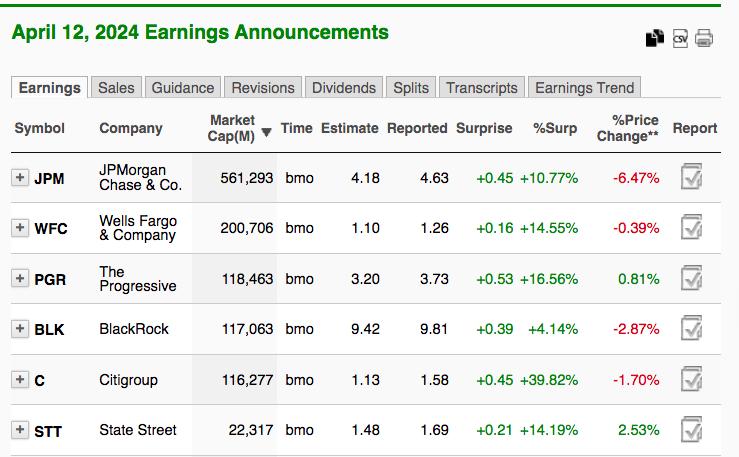Concerns have been raised regarding the potential warning signals being sent by financial indicators. The current global economic landscape has been a cause for debate, with some experts pointing to red flags that may indicate a possible downturn.
One of the key factors being scrutinized is the state of the yield curve. The yield curve, a graphical representation of the interest rates on debt for a range of maturities, has historically been a reliable predictor of economic recessions. An inverted yield curve, where short-term interest rates exceed long-term rates, has often preceded economic downturns. The current flattening of the yield curve has sparked fears of an impending recession, prompting investors and analysts to closely monitor this indicator.
Another area of concern is the rising levels of corporate debt. Companies have taken advantage of low-interest rates to borrow substantial amounts of money, leading to a surge in corporate debt levels. High levels of debt can make companies vulnerable to economic shocks and may lead to financial distress in the event of an economic downturn. The sustainability of corporate debt levels in the face of a potential recession remains a significant concern among market participants.
The stock market has also been a point of contention, with some experts warning of an overheated market. The prolonged bull market, coupled with high valuations and the potential impact of geopolitical uncertainties, has raised doubts about the sustainability of the current stock market rally. Volatility in the markets and shifting investor sentiment have added to the apprehension surrounding the future trajectory of stock prices.
Furthermore, global trade tensions and geopolitical risks have added to the uncertainty surrounding the financial markets. Trade disputes between major economies, such as the US and China, have led to increased market volatility and concerns about the potential economic fallout from escalating trade conflicts. Geopolitical risks, such as Brexit and political instability in various regions, further compound the uncertainties facing the global economy.
Amidst these warning signals, it is crucial for investors to remain vigilant and adopt a cautious approach towards their investment decisions. Diversification, risk management strategies, and staying informed about market developments are vital for navigating the current economic landscape. While warning signs may be present, it is essential to approach investment decisions with careful consideration and a long-term perspective to weather potential economic storms.
In conclusion, the financial indicators currently present in the global economy are raising concerns among investors and analysts. The yield curve, corporate debt levels, stock market valuations, trade tensions, and geopolitical risks are all contributing to the apprehension surrounding the future economic outlook. By staying informed, adopting a prudent approach to investment decisions, and remaining attentive to emerging trends, investors can better position themselves to mitigate risks and seize opportunities in an uncertain financial environment.

